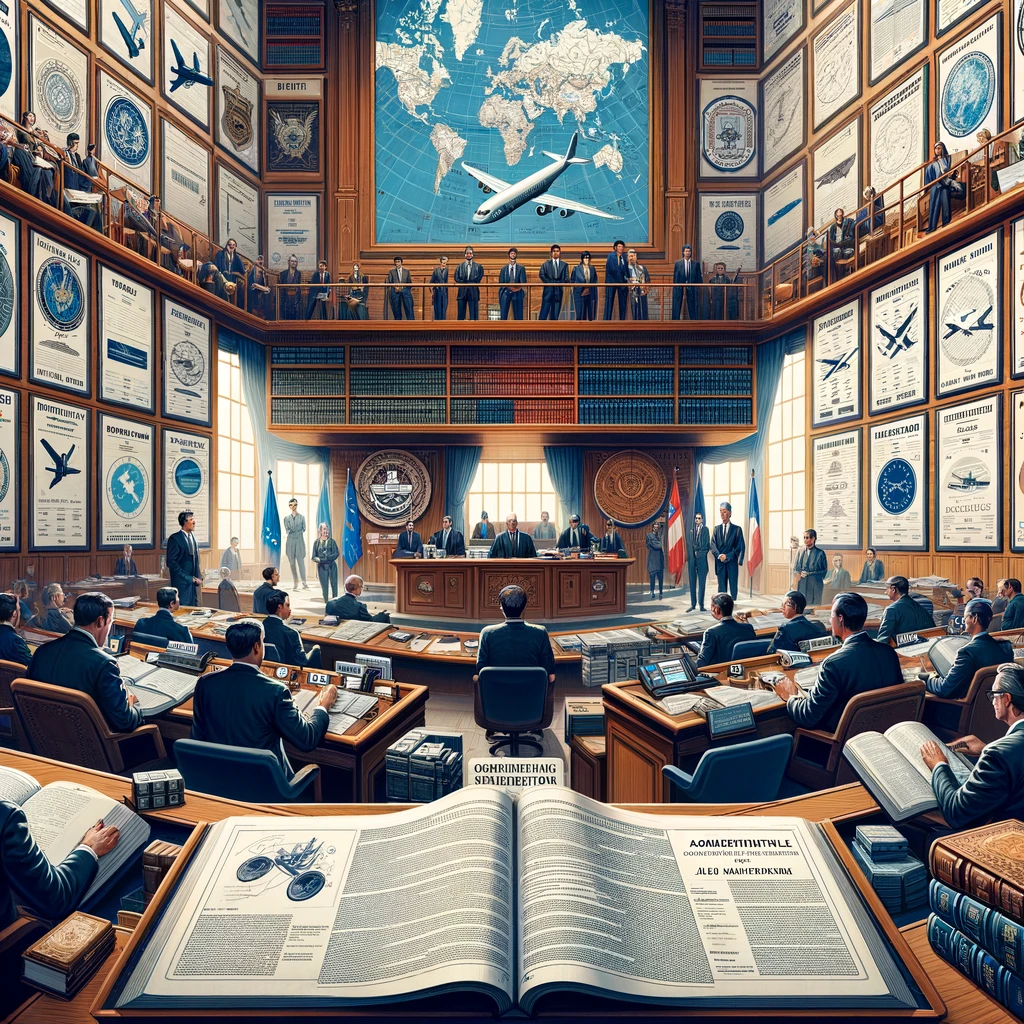“Video drone” has no standalone legal definition; authorities regulate it as an unmanned aircraft or unmanned aircraft system, with payload (camera) not changing the aircraft’s regulatory classification though it can trigger separate privacy and data‑protection duties. In formal terms, regulators use Unmanned Aircraft (UA), Unmanned Aircraft System (UAS), and Remotely Piloted Aircraft (RPA) to describe the aircraft, the full system with control links and stations, and human‑controlled UA, respectively. Payload means onboard equipment such as cameras or sensors and is managed through operational limitations and risk assessments rather than a different aircraft category in baseline frameworks.
U.S. FAA framework
Commercial small UAS operations are governed by 14 CFR Part 107, which requires a Remote Pilot Certificate, adherence to visual line of sight, altitude and airspace rules, and compliance with operational limitations applicable to camera‑equipped drones. FAA certification and airworthiness pages clarify standard versus special approvals and evolving pathways for UAS, reinforcing that “video drones” fall under UAS policy rather than a unique class. FAA SMS and safety guidance emphasize hazard identification and risk controls for payload‑related operations, including data links and situational awareness for VLOS.
EU EASA framework
EU Regulation 2019/947 organizes UAS operations into Open, Specific, and Certified categories by risk; consumer and prosumer video drones commonly fall in Open, while higher‑risk operations move to Specific or Certified with authorizations and declared or approved procedures. EASA’s safety‑management guidance integrates UAS risk assessment, operational authorization, and continuing oversight into management systems, independent of whether the payload is a camera. EU continuing airworthiness rules apply where relevant to certified classes and organizations, with operational rules primarily driving most video‑drone use cases in Open/Specific categories.
Privacy and data protection
In the EU, recording identifiable persons with a video drone can constitute personal data processing under GDPR, requiring a lawful basis, transparency, minimization, and security measures, in addition to aviation operational compliance. National privacy, surveillance, and trespass laws may further constrain recording locations and methods, separate from aviation safety regulation, and should be reflected in operator risk assessments and procedures. Organizational SMS practices support documenting these controls, training, and incident response for data‑related risks in drone operations.
Key legal terms
- Unmanned Aircraft (UA): the aircraft itself without a pilot onboard; payload such as cameras is permitted within operational limits.
- Unmanned Aircraft System (UAS): the aircraft plus remote pilot station, control links, and associated equipment, the legal unit most regulations address for drones.
- Remotely Piloted Aircraft (RPA): UA with a human remote pilot used in ICAO‑aligned contexts, functionally within UAS concepts in state implementation.
- Payload: onboard equipment (e.g., video, thermal cameras) managed through operational rules and risk controls, not a separate legal aircraft class.
Practical compliance checklist
- Confirm applicability of Part 107 in the U.S. or EU 2019/947 category, then select operations and mitigations that keep the flight within VLOS, airspace, and altitude constraints for the class and location.
- Maintain operator credentials, registration, and documented procedures, including preflight risk assessments addressing camera operations, spectators, and data handling.
- For EU operations involving personal data, document GDPR lawful basis, minimization, retention, and security; integrate privacy notices where appropriate.
Bottom line: “video drone” is a colloquial label for a UAS carrying a camera; legal obligations flow from UAS operational rules and, where applicable, parallel privacy regimes-not from a unique “video drone” category.

